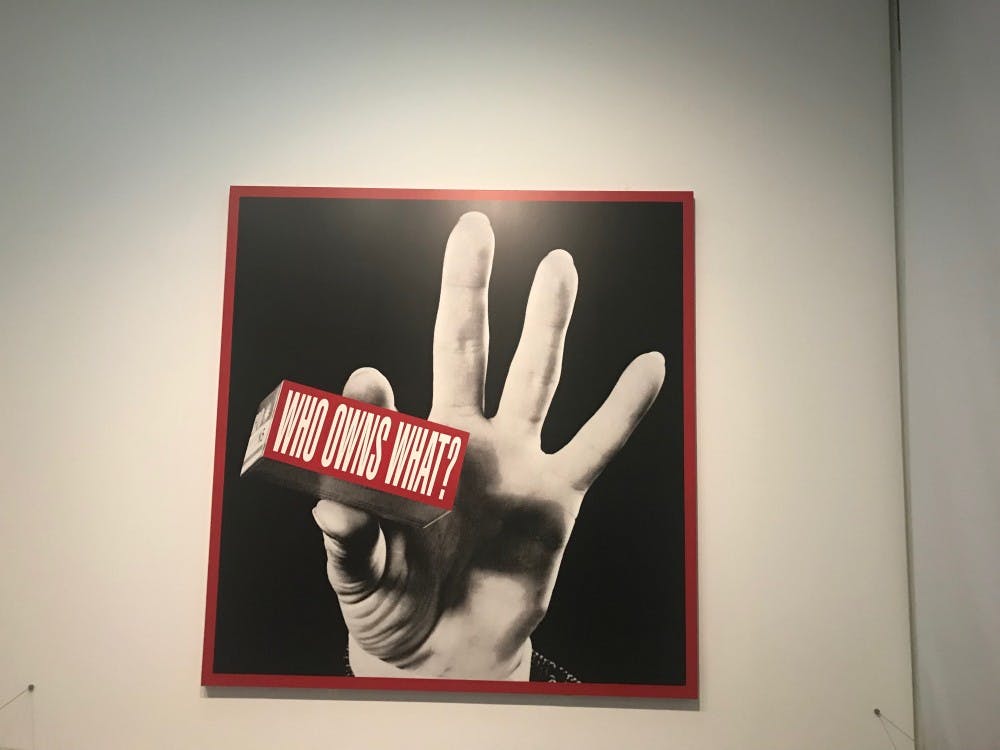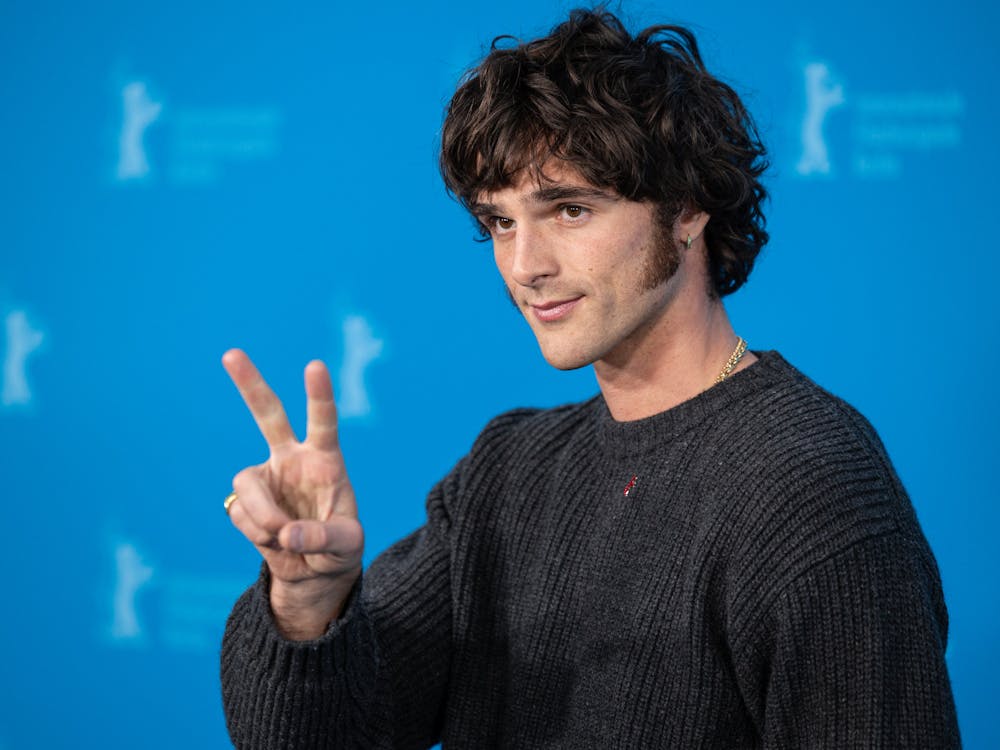This Thanksgiving break, I had the chance to visit the Tate Modern, one of the most prominent contemporary art museums in London. Located on the South Bank of the River Thames, Tate Modern is a massive building that houses many different themed galleries and art installations.
Since I had limited time to spend in the museum, I decided to dedicate most of my attention to two displays, Artist and Society and Media Networks.
While walking through my first gallery, I was lost in Kaveh Golestan’s photography, which documented sex-workers living in Tehran’s former red light district, Shahr-e No, during 1975-1977.
The black and white photography of the prostitutes and the grim environment they lived in opened my eyes to the harsh realities that women living on the margins of Iran faced.
One of Golestan’s comments on his work, posted on the Tate Modern’s website, really stuck with me. “I want to show you images that will be like a slap in your face to shatter your security. You can look away, turn off, hide your identity... but you cannot stop the truth. No one can,” Golestan said, according to the Tate Modern.
While walking through a room filled with very genuine photographs, I experienced a mixture of emotions: disbelief, sympathy, anger and gloom. Some photographs were so dark that I had to look away.
Yet I could not ignore the fact that the images were real and were a snapshot of someone’s reality. My interaction and reaction toward the artwork truly reflected the artist’s commentary.
As I continued to wander through the gallery, my jaw dropped when I saw Joseph Beuys’ Lightning with Stag in its Glare.
The massive triangular structure — cast out of bronze and almost touching the ceiling — represents lightning, a natural energy of the Earth. The ironing board, cart and lumps of bronze on the floor represent three different animals: the stag, goat and primordial animals.
The installation attempts to capture a short moment in nature when lightning strikes and illuminates figures of animals in its glare. If I had not read the caption and done a quick Google search of the artwork, I would have had no idea what the installation actually represents.
The Media Networks gallery is a collection of artwork that represents different artists’ responses to mass media.
One of the pieces that struck me the most was the Guerrilla Girls’ yellow poster of a naked woman wearing a gorilla head with the bold heading, “Do women have to be naked to get into the Met. Museum?”
The artwork attacks sexism in the art world, where there is often an imbalance between the number of male and female artists featured in museums and galleries.
Other works made by the Guerrilla Girls explore different questions about feminism and racism by using bold words and satire to attract the attention of those passing by.
After walking past works by the Guerrilla Girls, I was delighted to see some work by Barbara Kruger — one of the artists I actually knew of prior to my visit to the museum.
Kruger’s piece Who Owns What? manipulates black and white photography and letters enclosed in a block of red that challenges the viewer to think about economic inequality.
Her visual style seems intertwined with the advertising techniques used in the 1980s and allows her artwork to easily raise questions and get messages across.
Walking through the Tate Modern, even for just one hour, was eye opening.
I felt like I was lost in different time periods and places in the world, learning things through the perspectives of different people.
I would highly recommend the Tate to anyone who plans to visit London and has a couple of hours to spare; there is so much to learn and explore at this museum.





